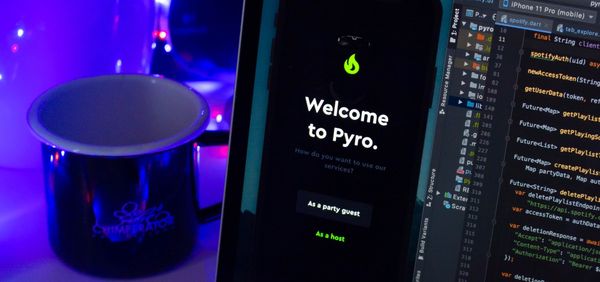The book of the month: Building a second brain
This is the monthly blog post for sharing what did I read this month for productivity and personal development

Hi there, my name is Mark. I am a computer science student based in Taiwan. For the past year, I have been learning a new concept called personal knowledge management or, in other words, building a second brain. As we are constantly dealing with various information coming around us, we probably need a system that can offload these tasks from our brains to a centralized, trusted, and effective hub to better our performance using this knowledge.
So today, I would like to share a book I am reading this month called "Building a second brain" by Tiago Forte. Tiago Forte is a famous productivity expert specializing in personal knowledge management, or PKM. Personal knowledge management is born with a mission to help individuals to achieve more by creating an effective system for information, idea, and knowledge.
The entire framework is based on the concept of CODE which is composed of the following steps,
- Capture (Capture what resonates with you to streamline your personal knowledge enterprise)
- Organize (Organize the contents in the structure of effective retrieval with an actionable tagging system)
- Distill (Find the essence of the idea and knowledge with progressive summarization)
- Express (Express your idea or turn your vision into action)
First, let's talk about capturing, in other words, writing things down efficiently. I used the app, Notion to construct my second bain with an all-in-one workspace that allows me to have a centralized and synchronized hub of information I am consuming daily. The picture below shows I use a simple system on Notion to capture notes, podcasts, or YouTube videos that provide valuable or even insightful information for my projects.
Also, with all of these contents available within a single pipeline, we need to have an actionable tagging system that can help us quickly find the information we need at the right place with minimal search time. An actionable tagging system, in other words, is a tagging system that is organized into projects, areas, resources, and archives (PARA method, reference Building a second brain: Chapter 4, Organize).
Once we have a pool of available content, we need to facilitate a note-taking or summarization technique called "Progressive Summarization." The essential idea of progressive summarization is to use highlights and notes with a layered approach to finding the atomic concept of the content you would like to summarize.
For example, when I am reading a book, I would use a pen or pencil to highlight the sentences or even paragraphs I found interesting or resonating with me. However, it results in many highlights I need to organize to make them valuable to my work. So, here is how I deal with it.
- Highlight the content I found interesting or important
- Extract the key idea of the highlights and turn it into a summary
- Start from the summary I wrote, and repeat the first step
- Iterate until a finalized version of the dense summary is available
With all of these valuable "knowledge assets", the most important thing within the pipeline is to express your idea or find a way to apply this knowledge to your works or projects, and this is why we organize the content we capture by tagging system based on projects instead of the category of contents.
In the end, the top channels I found beneficial for most of my audiences, especially in the software engineering communities.
- YouTube
- Medium
- Your personal blog like this one
- GitHub
Apart from sharing my work with you, I am all ears to listen to you guys on how you build your second brain to meet your need. Feel free to leave the comments below to share your idea on building a second brain for you or your team.




